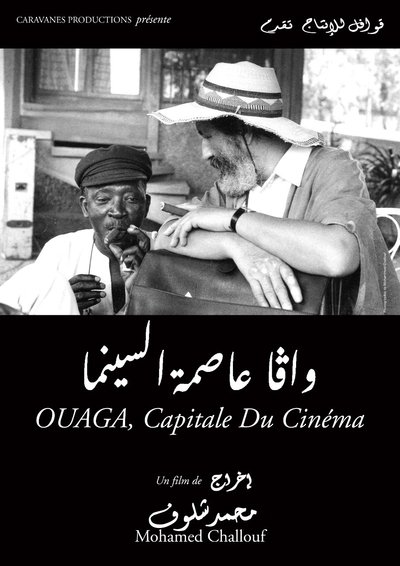Ouaga, the Capital of Cinema
Genres
Documentary
OverView
Between 1983 and 1987, Ouagadougou, the capital of Burkina Faso and the home city of FESPACO, one of the most important Pan-African film festivals in the world, was the scene of an exciting cinema utopia. With the support of the young president Thomas Sankara, the festival became a symbol of the cultural renaissance of a whole continent. The assassination of Sankara stifled the hopes of millions of young Africans, but the dynamism of FESPACO and African cinema did not stop.
Others
Budget
$--
Revenue
$--
Status
Released
Original Language
French
Runtime
60 mins
Rating
0/10
Release Date
29 April 2000
Country
Tunisia
